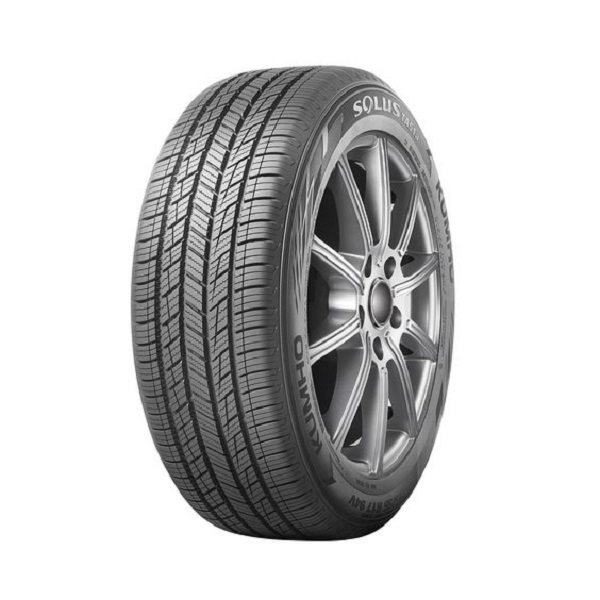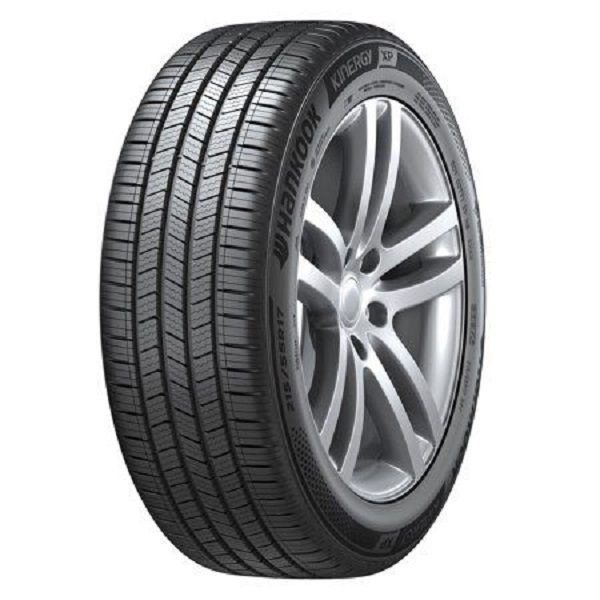The Average Lifespan of Tires
The lifespan of a tire is not fixed. It varies based on different factors. One key element is the miles driven over time. On average, tires can last from 25,000 to 50,000 miles.
Simple driving habits and maintenance can stretch the life of a tire. Things like avoiding hard stops or sharp turns are helpful. Regular checks and balances play a big part too. Tire rotations, pressure checks, and alignments are a must.
Weather and road conditions can shorten a tire’s life. Hot climates and rough roads mean more wear and tear. In cooler places with smoother roads, tires may last longer.

Tire age matters, even if they look okay. Rubber breaks down over time. Most experts say to change tires every six years, no matter their condition.
Remember, safety comes first. So, keep an eye on your tires and take care of them. Regular care means longer tire life and safer rides.
Key Factors Affecting Tire Durability
Miles Driven and Tire Wear
How many miles are tires good for? The number of miles you drive affects tire life. More miles mean more wear. A tire could last from 25,000 to 50,000 miles. To help them last, avoid hard stops. Also, get regular tire checks and rotations.
Impact of Road Conditions on Tire Longevity
Rough roads can shorten tire life. Heat, potholes, and debris can speed up wear. Smooth and cool roads help tires last longer. Pay attention to road quality.
The Role of Driving Habits
How you drive can change tire lifespan. Fast starts and sharp corners can add stress. Drive smoothly to reduce tire wear. Avoid potholes and curbs for better tire health.
Importance of Regular Tire Maintenance
Taking care of tires is key for long life. Check tire pressure often. Rotate and align regularly. Good maintenance stops early tire wear.
How Tire Age Can Affect Longevity
Tires get old and wear down, even if they look fine. Replace tires every six years to stay safe. Old rubber can fail, even with tread left. Always keep an eye on tire age.
Recognizing When to Replace Your Tires
Knowing when to replace tires is crucial for road safety. How many miles are tires good for? This section covers how to spot signs that indicate tire replacement.

Identifying Critical Tread Wear
Tread wear reveals a lot about your tire’s condition. To assess tread depth, use the penny test. Simply insert a penny into the tread groove, with Lincoln’s head facing down. If you can see the top of Lincoln’s head, it’s time for new tires. This test is an effective way to determine if your tread depth is too low. Low tread reduces grip, increasing the risk of hydroplaning and loss of control, especially in wet conditions. Regularly checking tread depth helps ensure you maintain optimal traction on the road.
Signs of Structural Tire Damage
Visible damage is a clear indicator of tire trouble. Inspect your tires for cracks, bulges, or cuts in the sidewall. These types of damage can lead to blowouts, posing a serious risk while driving. Additionally, uneven wear patterns can signal alignment or inflation issues. If you notice that one side of the tire is more worn than the other, it could mean your vehicle needs alignment or that the tires are over or under-inflated. Don’t delay replacing damaged tires; doing so quickly can prevent accidents and keep you safe on the road.
Using the DOT Number for Tire Age Assessment
Each tire has a unique DOT number, which indicates its age. This number can be found on the sidewall of the tire and is essential for assessing whether your tires are still safe to use. Look for the ‘DOT’ label followed by a series of numbers. The last four digits indicate the week and year the tire was manufactured. For instance, ‘3618’ means the tire was made in the 36th week of 2018. Tires older than six years should be inspected, even if they have good tread. Age can affect rubber elasticity, making older tires more prone to failure, so it’s vital to monitor their condition regularly.
Tips for Extending Tire Life
Good tire care can save you money and keep you safe. How many miles are tires good for? Follow these tips to make your tires last longer.
Driving Practices to Reduce Tire Wear
To reduce tire wear, slow down. Avoid fast starts and stops. Turn gently, not sharply. Miss potholes and rough roads when you can. Drive at a steady pace. These habits can add miles to tire life.
Maintenance Practices for Longer Tire Life
Check tire pressure monthly. Rotate tires as per the manual schedule. Align wheels occasionally to prevent uneven wear. Balance tires so they wear evenly. Replace worn or damaged tires to avoid further problems.
The Importance of Tire Inflation and Alignment
Maintaining the right tire pressure and alignment is vital for tire longevity. These factors affect how tires wear and perform on the road.
Effects of Improper Tire Inflation
Tires with wrong pressure levels wear unevenly. Underinflated tires can have increased edge wear. Overinflated ones often wear in the center. Both can shorten tire life drastically.
Checking tire pressure monthly is best. Use a gauge to ensure accuracy. Correct tire inflation saves tires from early replacement and improves gas mileage.
Benefits of Regular Tire Alignment
Alignment keeps tires properly positioned. Correct alignment reduces uneven wear. It helps tires last longer. Properly aligned tires give a smoother ride.
Check wheel alignment once a year. Do it after hitting potholes or curbs. Proper alignment saves money by preventing early tire wear.
Regular tire care extends their life and ensures safety. Keep tires inflated rightly and wheels aligned for best performance.
How many miles are tires good for? Navigating the varied recommendations on tire mileage is crucial. Both manufacturers and the National Highway Traffic Safety Administration (NHTSA) offer guidance.

What Manufacturers Say About Tire Mileage
Manufacturers test tires extensively to gauge their lifespan. They often suggest a range between 25,000 to 50,000 miles. This depends on usage and maintenance. They stress regular checks. This ensures tires last within the expected range. Some offer warranties to back their mileage claims.
NHTSA Guidelines on Tire Replacement
The NHTSA gives safety-focused guidelines. They say to replace tires with 2/32 of an inch tread left. They also recommend replacing tires every six years, regardless of tread. Safety is the priority. Regular inspections help follow these guidelines.
Conclusion
Summing Up Tire Mileage Insights
To sum up, tire lifespan varies. Most last 25,000 to 50,000 miles. Miles driven, road state, and driving habits affect this. Regular maintenance and age matter too. Check tire tread and watch for wear signs. Tires over six years old may need replacement, even with good tread. Safety is key. Proper tire care and regular checks are crucial for long life and safe drives.
Final Maintenance Tips for Maximum Tire Life
For longer tire life, follow these tips: check pressure monthly, rotate tires as advised, and ensure proper alignment. Drive smoothly, avoid fast starts, stops, and sharp turns. Dodge potholes and rough roads. Replace tires showing wear or damage right away. These steps help extend tire life and keep you safe on the road.

Prioritize Tire Safety
Understanding how to recognize when to replace your tires can save you from accidents and enhance your driving experience. Regular inspections for tread depth, visible damage, and age can help you maintain optimal safety on the road. Always prioritize tire health to ensure a smoother, safer ride. If you’re unsure about the condition of your tires, consult a professional for a thorough inspection and recommendations. Taking proactive steps can prevent dangerous situations and prolong the life of your tires.
